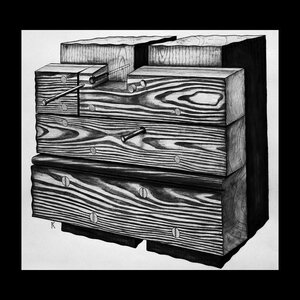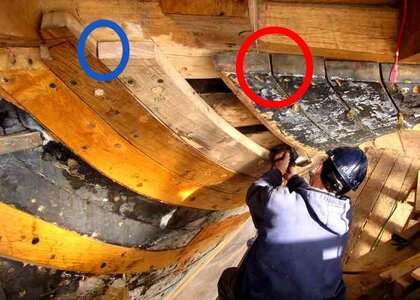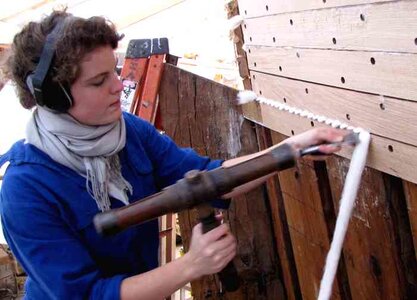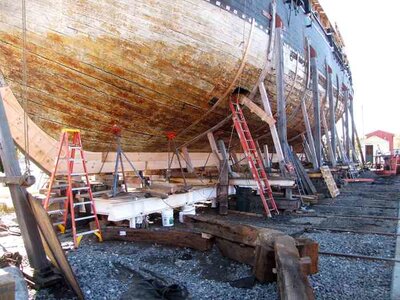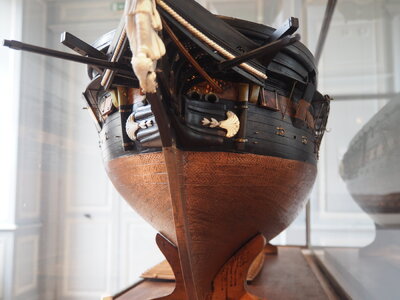- Joined
- Dec 1, 2016
- Messages
- 5,977
- Points
- 728

i was just wondering why model builders will always show caulking between deck planks but rarely if ever show caulking between hull planking?
|
**VIEW THREAD HERE** |

Very interesting question, I've often wondered about that also.i was just wondering why model builders will always show caulking between deck planks but rarely if ever show caulking between hull planking?


Is hull planking usually dark? Maybe it just doesn't show.
Dave, hi. I will try to answer this question. The caulking of the planks of course was. The cladding boards were fitted close to each other. The gaps that remained between the boards reached only a few millimeters. Then they caulked. Imagine the size of a real ship with this caulking gap and tell me on what scale it is possible to repeat it. I think that even on the 24th scale it will not correspond to the real one. In addition, the lower part of the hull was usually covered with a special compound so that the boards would not rot in water or be painted. Depends on the country and the period of construction. The cauliflower is still not visible.in some cases the planking is dark and others lighter wood is used like in the sample above. So wood color may not be the main reason.


